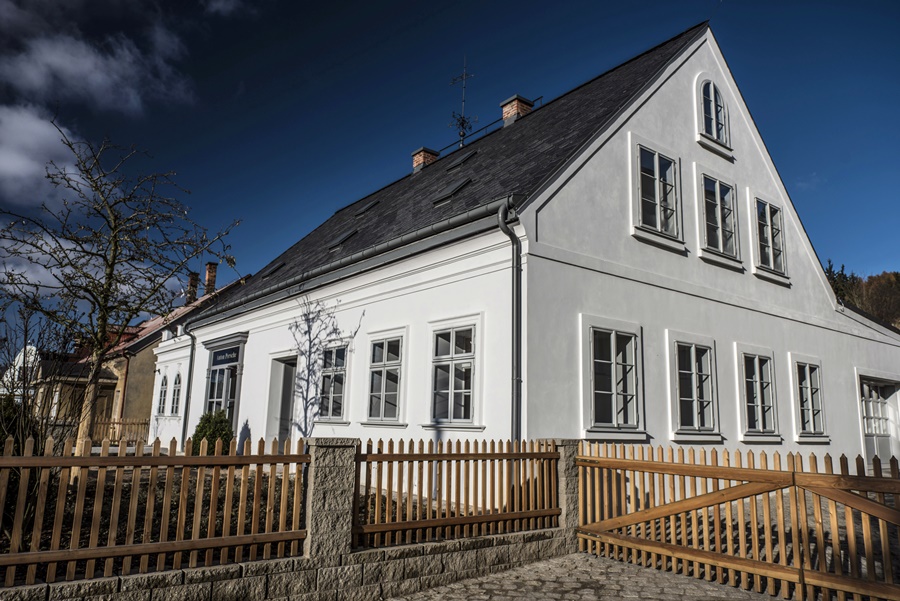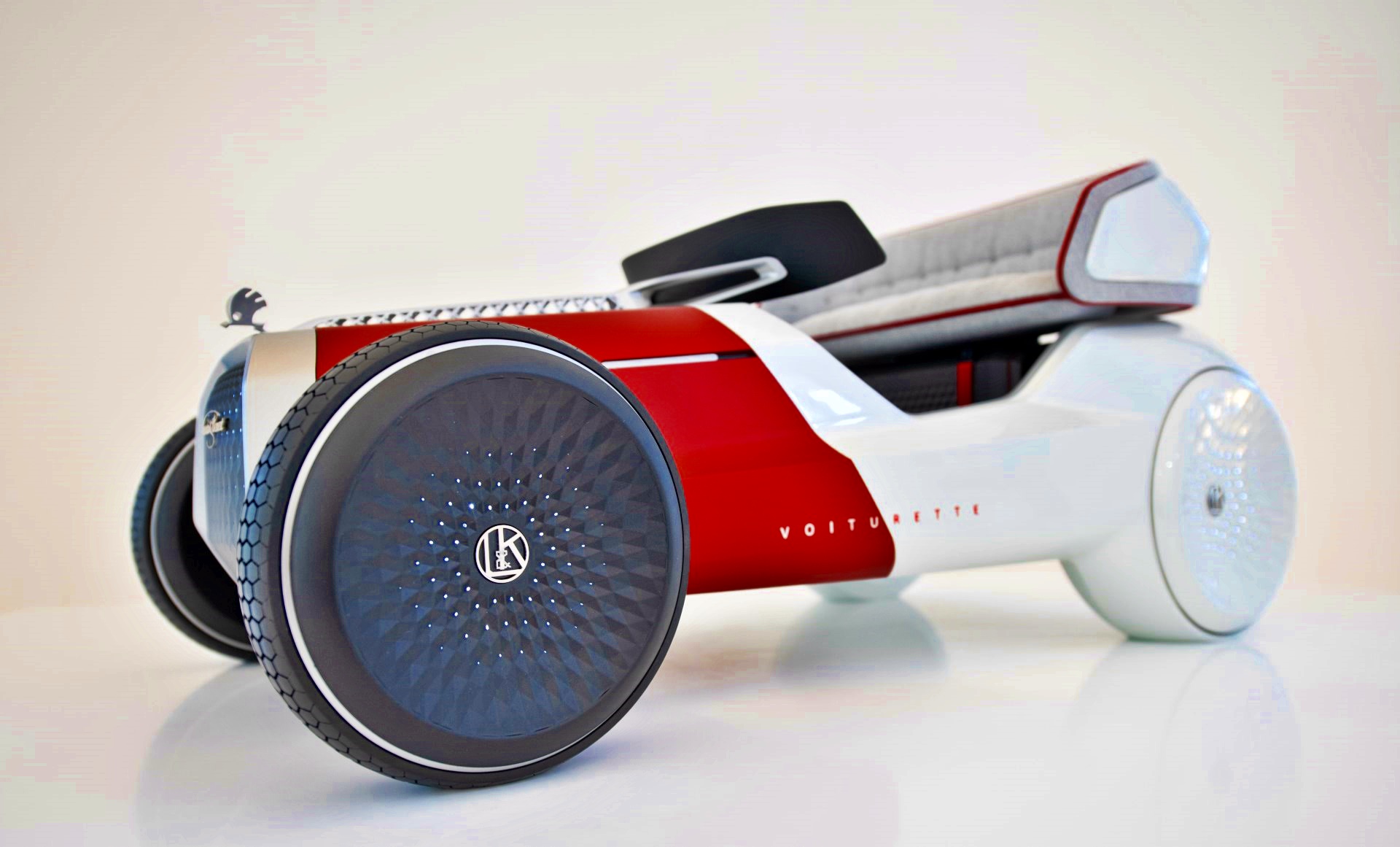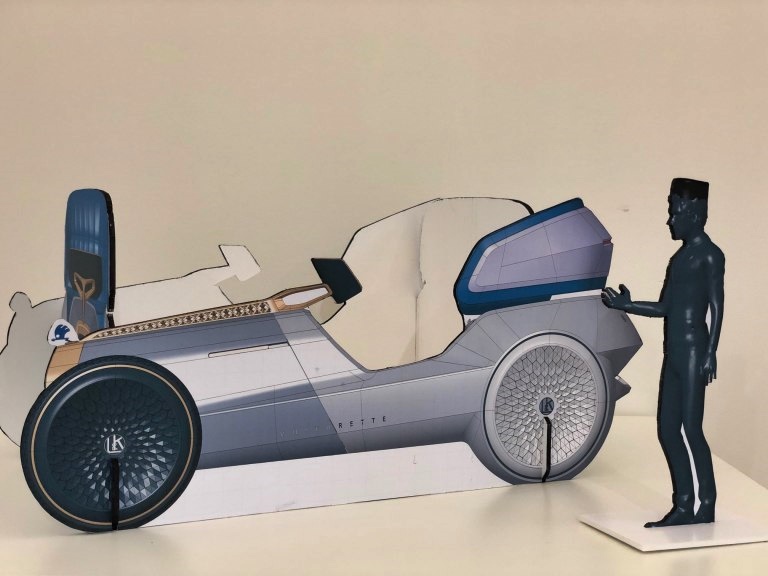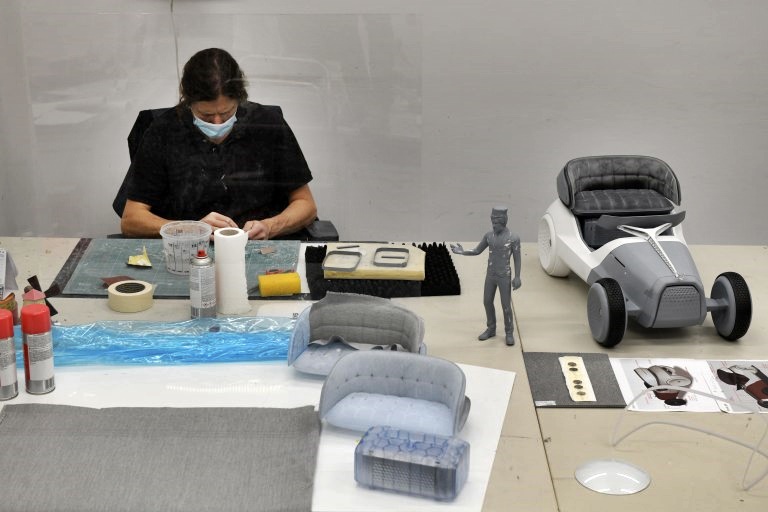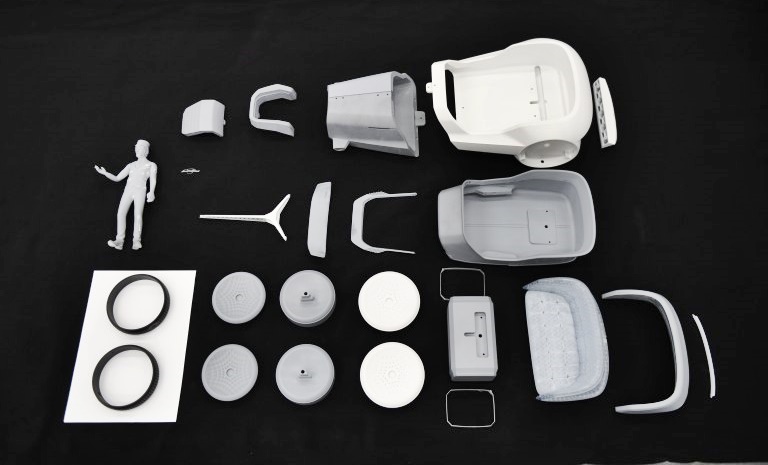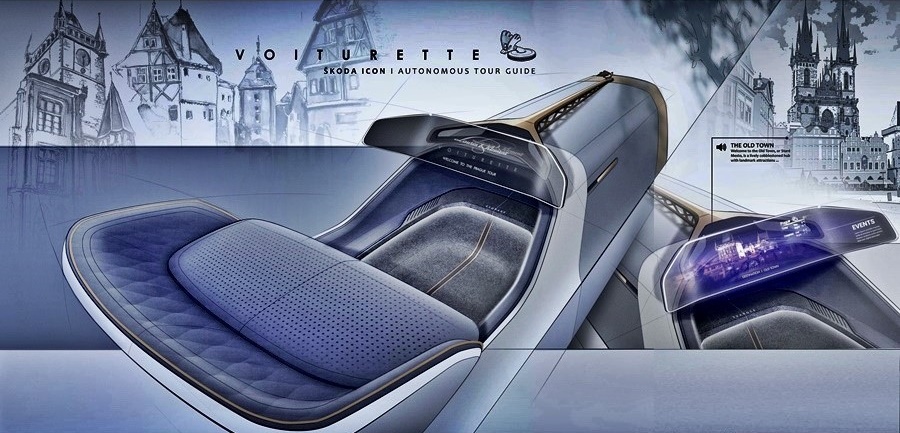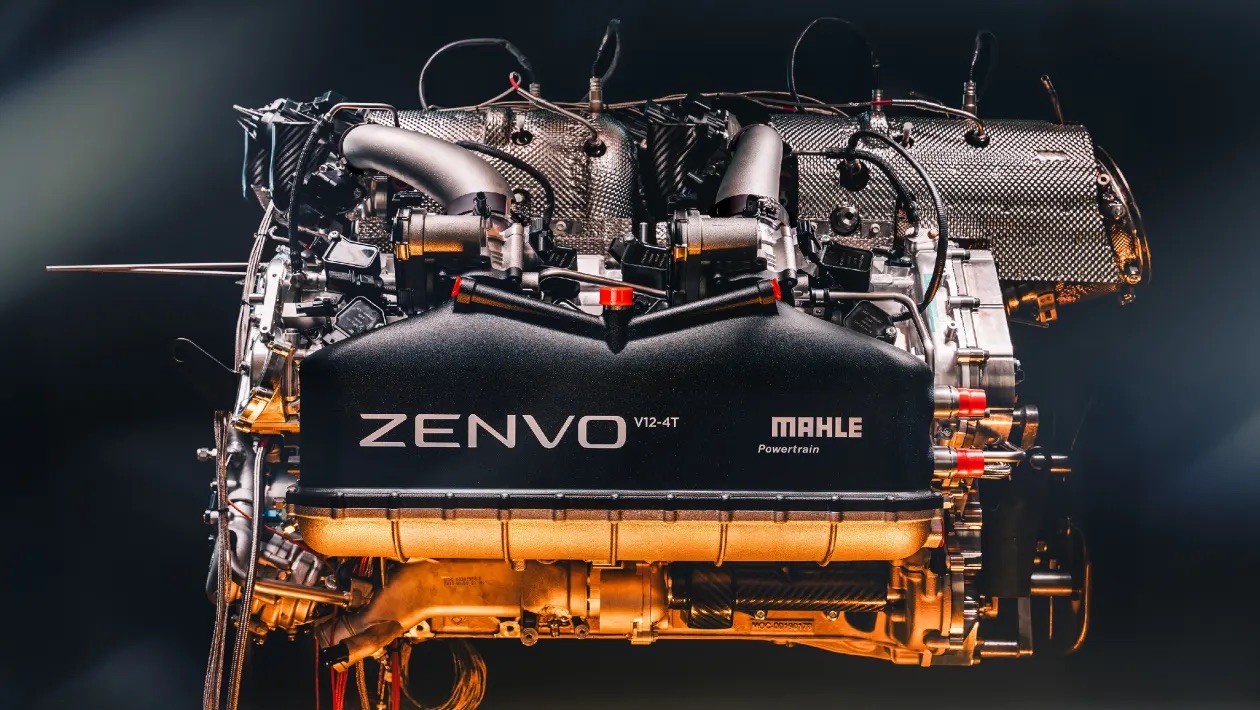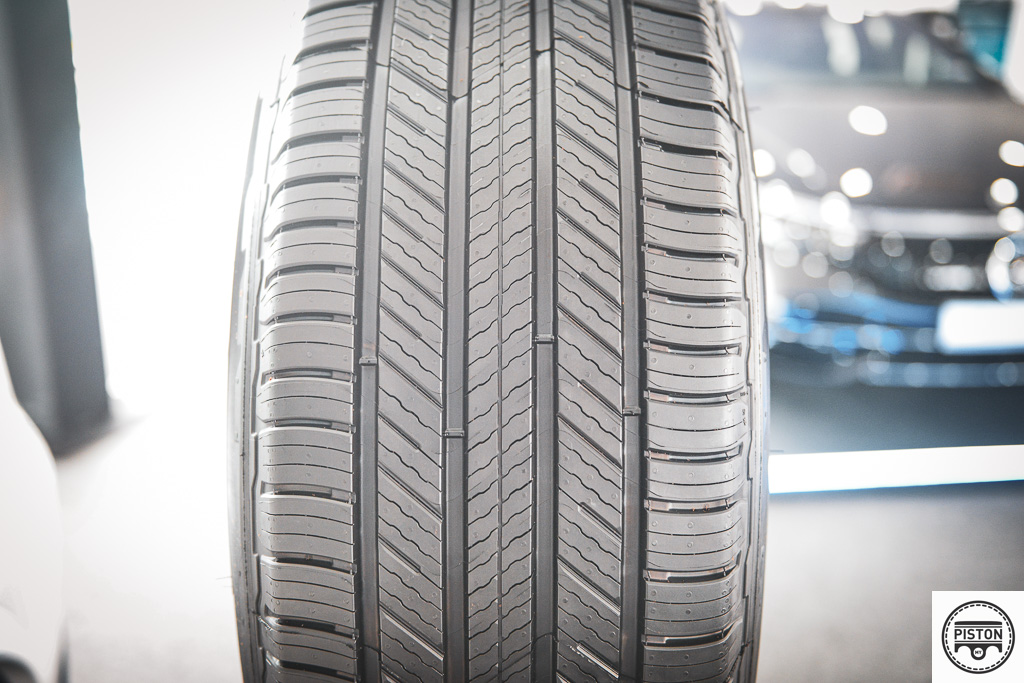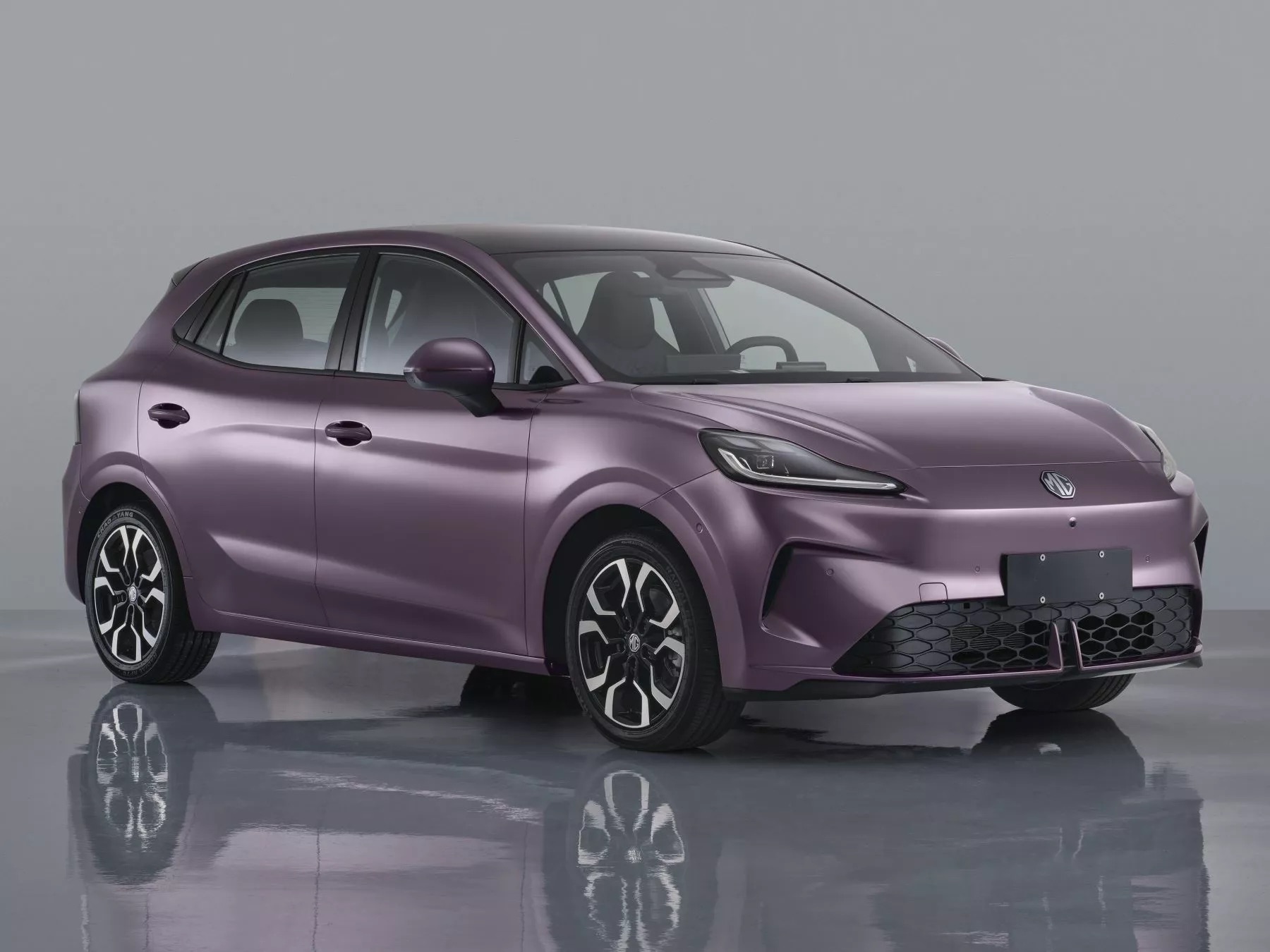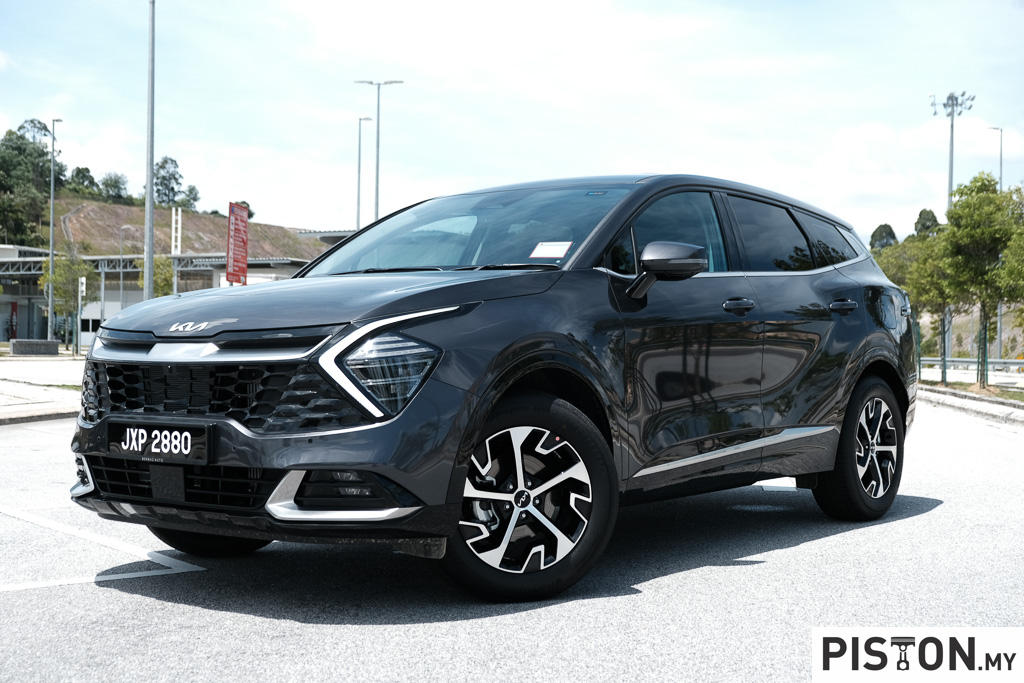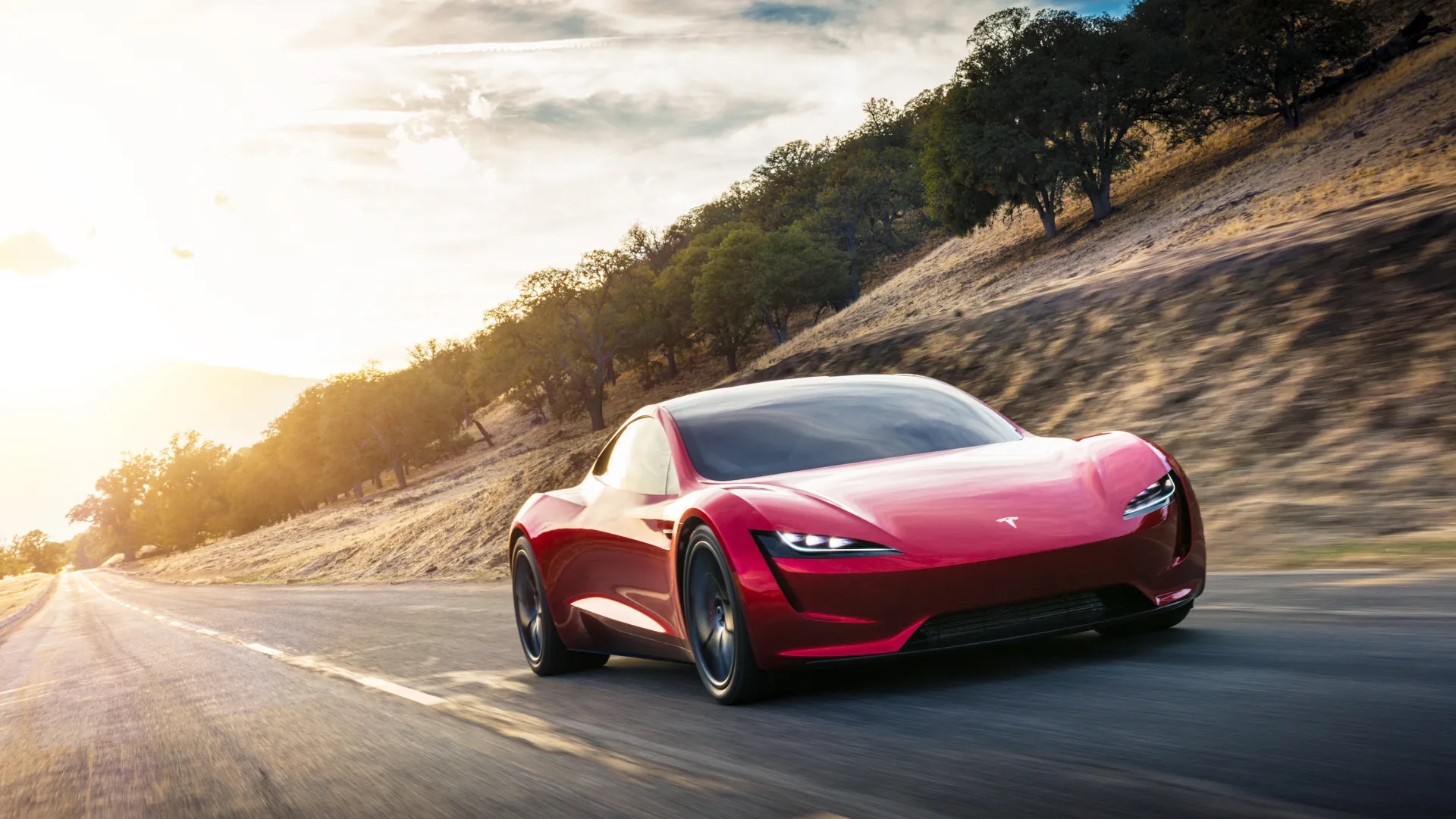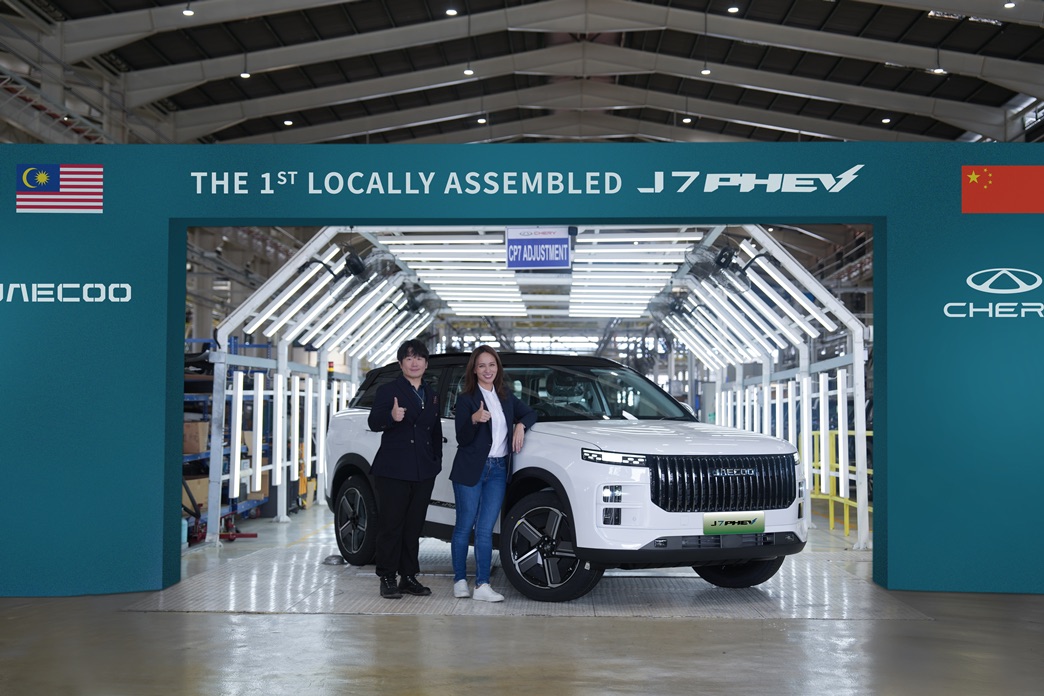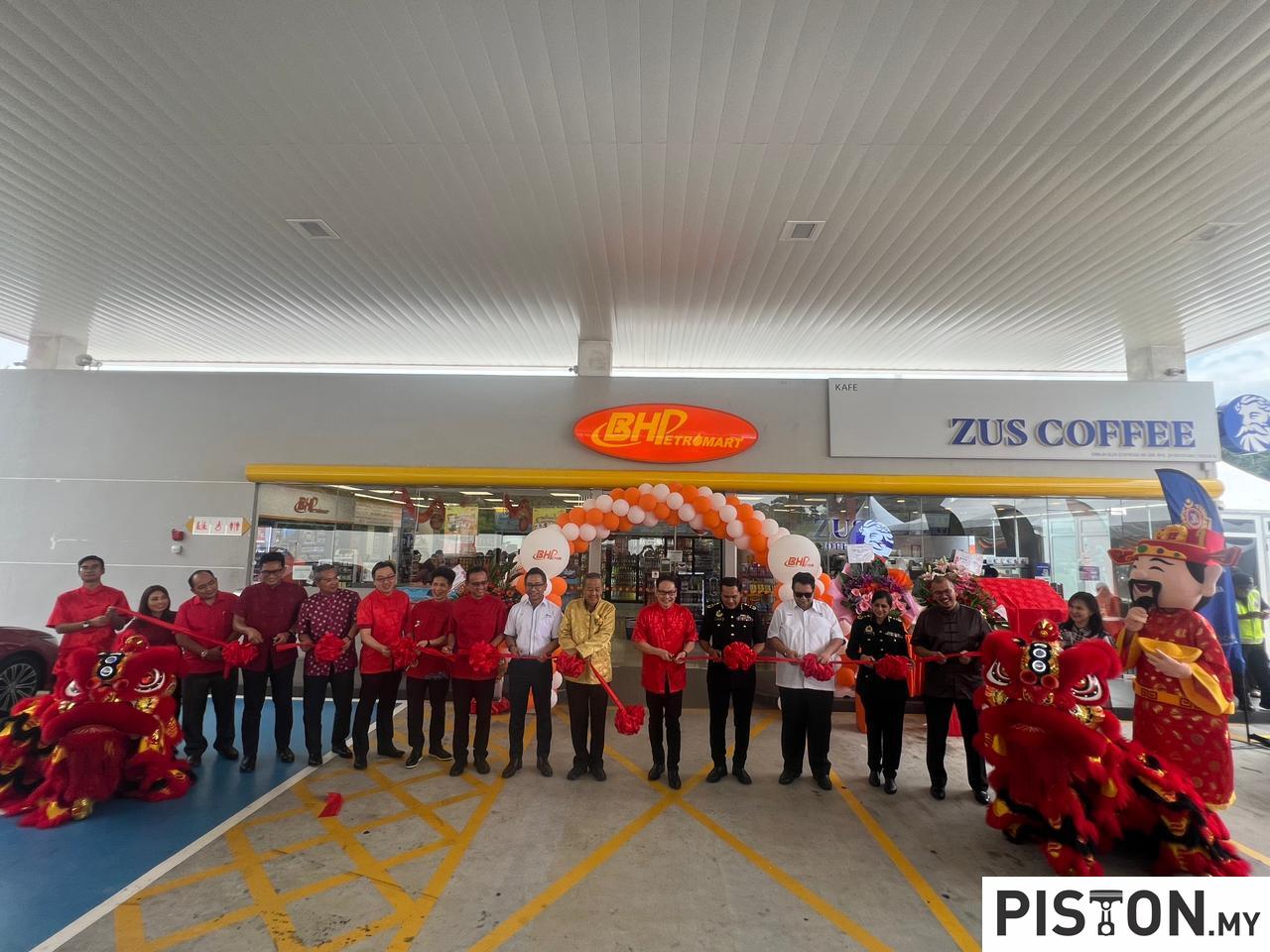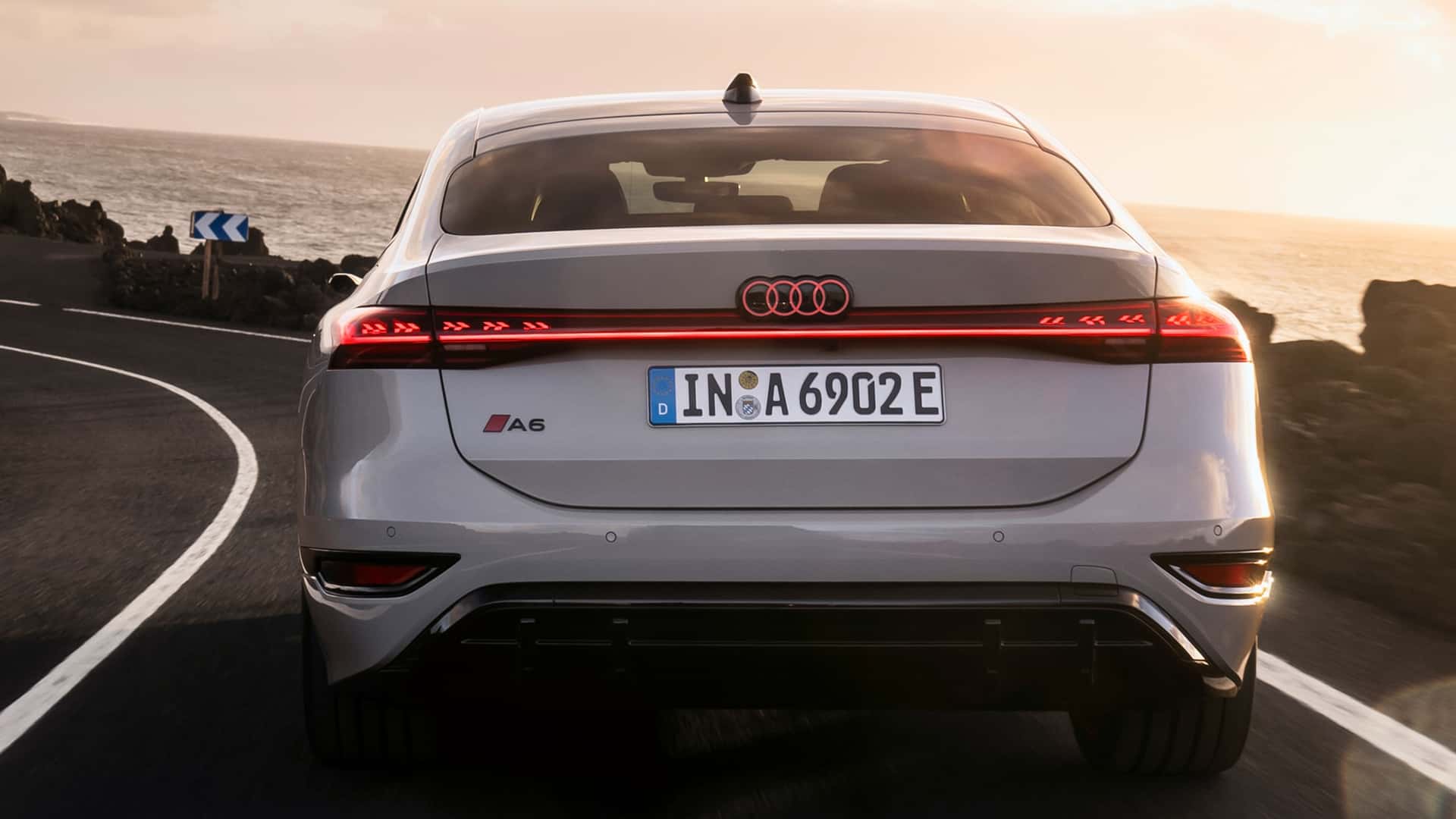What began as a young designer’s vision of the car of the future has been transformed into a real model called the eVOITURETTE. The vision was created as part of Skoda Storyboard’s Icons Get a Makeover series and is the work of Yuhan Zhang, a member of the interior design team at Skoda.
Zhang was inspired by the Czech brand’s first-ever production car, the Voiturette A produced by Laurin & Klement (Skoda Auto’s original name) in 1905. It was her aim to create a modern take on one of the legends in the carmaker’s history, fusing traditional design in a futuristic carriage.
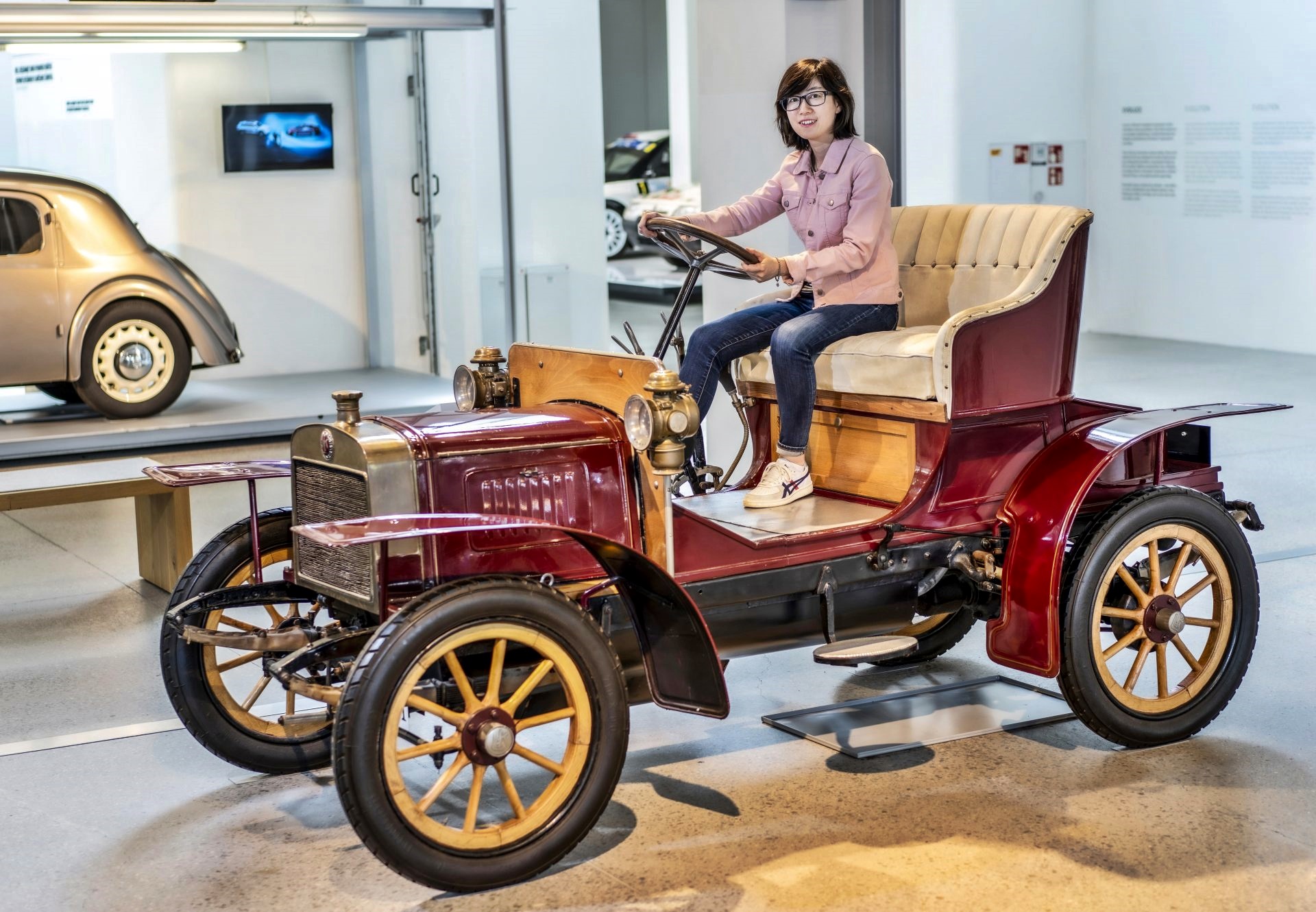
The idea to convert the VOITURETTE A into such an unusual vehicle came to Zhang fairly quickly – around 20 hours of work to convert the idea into a sketch. “I started with a pencil on tracing paper – the first thing I worked on was the exterior. I scanned the sketch into the computer and carried on from there,” she explained, adding that the initial outline makes up around 20% of the development of this kind of sketch, and is the most important part.
Design freedom
After the exterior, she used the same process on the car’s interior, consulting design chief Oliver Stefani. As this was a vision of a car of the future without a strict brief, his comments were minor. “He told me to get rid of some details that resemble solutions we were still working on for our mass-produced cars,” Zhang recalled.
It was this freedom she had when creating her vision of a futuristic car that was a nice change for her. “A lot of our work is secret and has a very clear brief. Our day-to-day work doesn’t leave much time for projects that show off our vision and talent. But this time, there was a surprising amount of freedom,” she said.
It took 400 difficult hours of work to produce a full-sized model of the eVOITURETTE. “Due to the model’s delicacy but intended long-term use as an exhibit in a museum, emphasis was placed on high-quality workmanship,” says Vlastimil Pazout, the model’s construction coordinator.
“The designer worked closely with us from the beginning. She prepared the basic data in a 3D sketch, which we then converted into production data before actually making it,” said his colleague Lukas Hrncir.
Made of artificial wood
The need for quality and durability persuaded the modellers to use a combination of traditional and modern techniques. The main body of the model – a relatively bulky part – is milled from ‘artificial wood’, while many parts come from a 3D printer.
“For example, we printed the logo and some of the finer parts, such as the holder of the interactive display that forms the dashboard,” said Zhang. One special feature of the model is the LED backlighting of certain parts. In her sketches, the artist included the LEDs as a kind of communication tool between the vehicle and its surroundings, so the modellers incorporated them into the real-life model.
10-kg full-size model
In addition to the designer, modellers and constructors, other members of the Skoda Design team, such as those from the Colour & Trim department, were involved in the creation of the model, as well as members of the Skoda Museum team. Measuring 688 x 355 x 327 mm, it weighs almost 10 kgs.
“After consulting with experts from the museum, we changed the model’s colour scheme. Unlike the original design with its shades of blue, we opted for a more distinctive red and white colour combination that reinforces the link between past and future,” explained Zhang. But in all other regards, the model is faithful to the sketch, including all details and proportions, which remained unchanged.
During the construction process, however, some specific parts were modified to make the model look as good as possible. “Probably the most important change was to the surface of the seat. It was originally supposed to be painted but, in the end, we covered the seat with fabric in cooperation with the Colour & Trim department,” said Pazout. The seat has additional stitching buttons so it looks very realistic indeed. “Due to the thickness of the fabric, this made it necessary to remake the 3D printed parts of the seat,” said Hrncir.
“It was a short and intense project, which brought my dream to life. It was fun to let my imagination run wild and not have to stick within today’s technical limitations,” said Zhang, who is originally from China and joined the company in 2015.
On permanent display at Skoda Museum
The eVOITURETTE is on permanent display at the Skoda Museum and Ferdinand Porsche Birth House. The museum is so named because that is where Porsche was born in 1875. The building, which has been owned by Skoda since 2011, shows visitors Czech industrial traditions, engineering and enthusiasm for technology.
